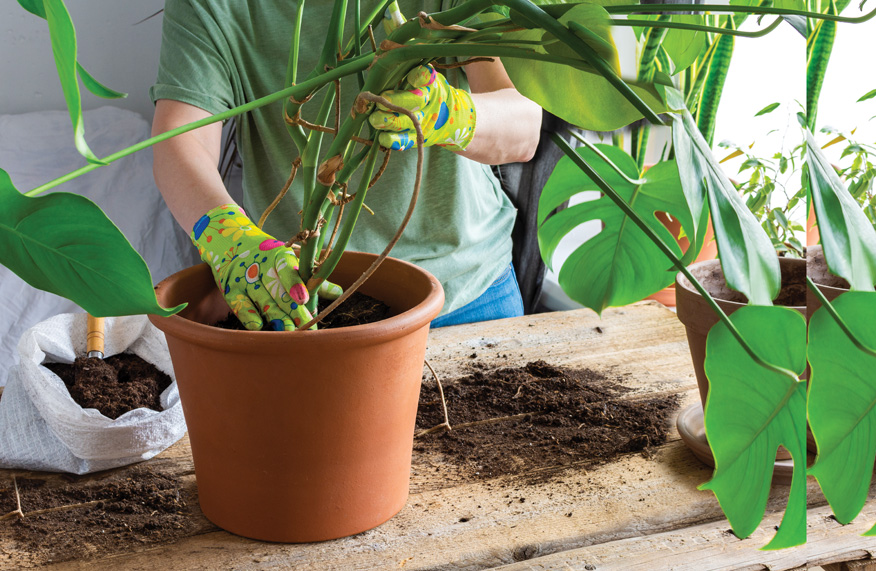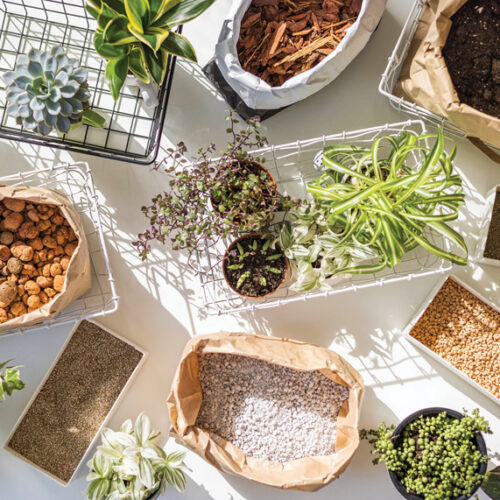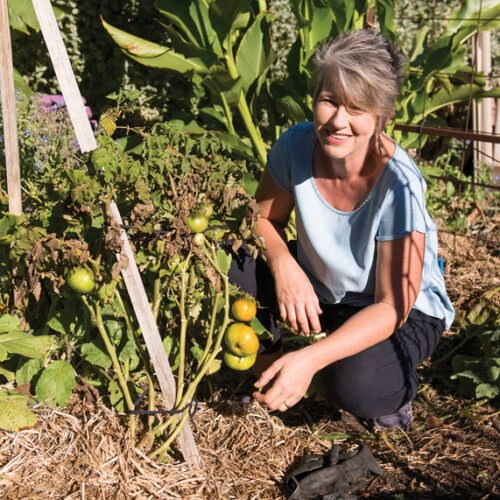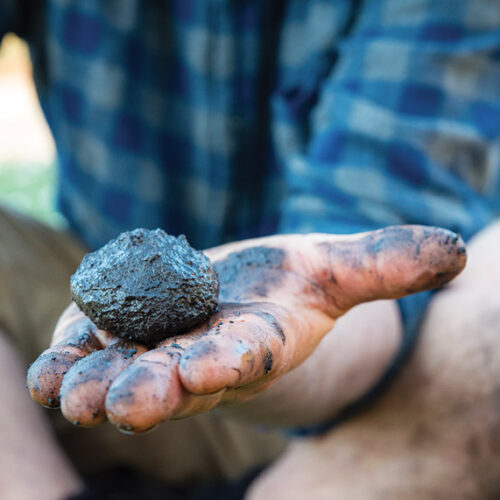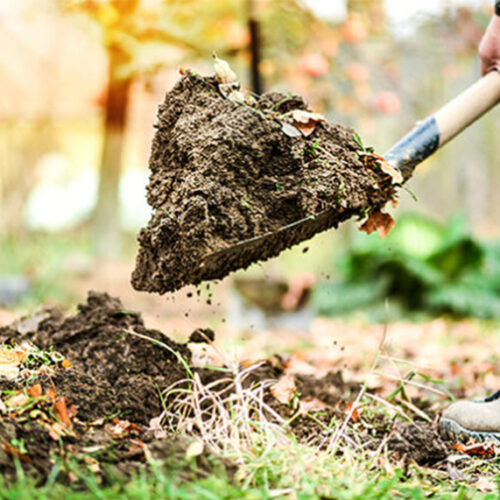Mix and match
2025-07-16T10:39:14+10:00
Potting mix is the foundation of container gardening – choose or make the right blend, and your plants will flourish in any space or season.
Potting mix gives gardeners the freedom to grow plants anywhere – whether you have limited outdoor space, or want to bring the garden indoors, onto balconies, into courtyards or on windowsills. It allows you to grow vegies, flowers and foliage in even the smallest of spaces. But with so many potting mix options available, which one should you use? Step into any garden centre and you’ll find aisles of choice: premium, regular, organic, moisture-retentive, and specific mixes for orchids, succulents, natives and more. It can be overwhelming – so here’s what you need to know.
What’s in potting mix?
Potting mix isn’t soil. It’s a specially formulated, soil-free blend designed to support plants in containers. In pots, plants rely entirely on what you provide – water, nutrients and the right structure for root growth. The potting mix affects how well your plant grows and how healthy it stays. A quality general mix contains fertiliser that includes nitrogen, phosphorus and potassium, among other nutrients. Other ingredients can include composted bark, coir peat (coconut fibre), sand, lime, scoria, perlite, vermiculite and wetting agents. Specialist mixes are increasingly available. While some plants truly need them, many do just fine in a good-quality general mix.
Should you buy a specialist mix?
Specialist potting mixes provide optimum structure, moisture retention, drainage, aeration, pH and nutrients for a particular plant group. But while some plant groups should always be grown in a specialist mix, for other groups it’s not essential.
These are the plants that benefit from specialist mixes:
- Orchids need a coarse and airy mix
- Succulents and cacti prefer a free-draining mix, with added sand
- Azaleas and camellias prefer a slightly acidic mix. (Also suits blueberries, roses, gardenia and daphne)
- Bonsai require a very free-draining mix, with low organic matter
- African violets need a soft, slightly acidic, moisture-retentive mix
- Native plants need low to no phosphorus (especially for acacias and Proteaceae types such as banksias; also suits proteas and leucadendrons)
Can I use soil instead?
No. Soil in pots compacts, holds too much water, limits airflow, and may harbour pests or pathogens. Soil is also much heavier than potting mix, making pots hard to move. For large outdoor pots, small amounts of soil or compost can be added to bulk out potting mix, but never use it alone.
Want to mix your own? Read the article ‘How to make the perfect mix’ and discover the essential ingredients the experts recommend for a great DIY potting mix.
Header image by iStock

